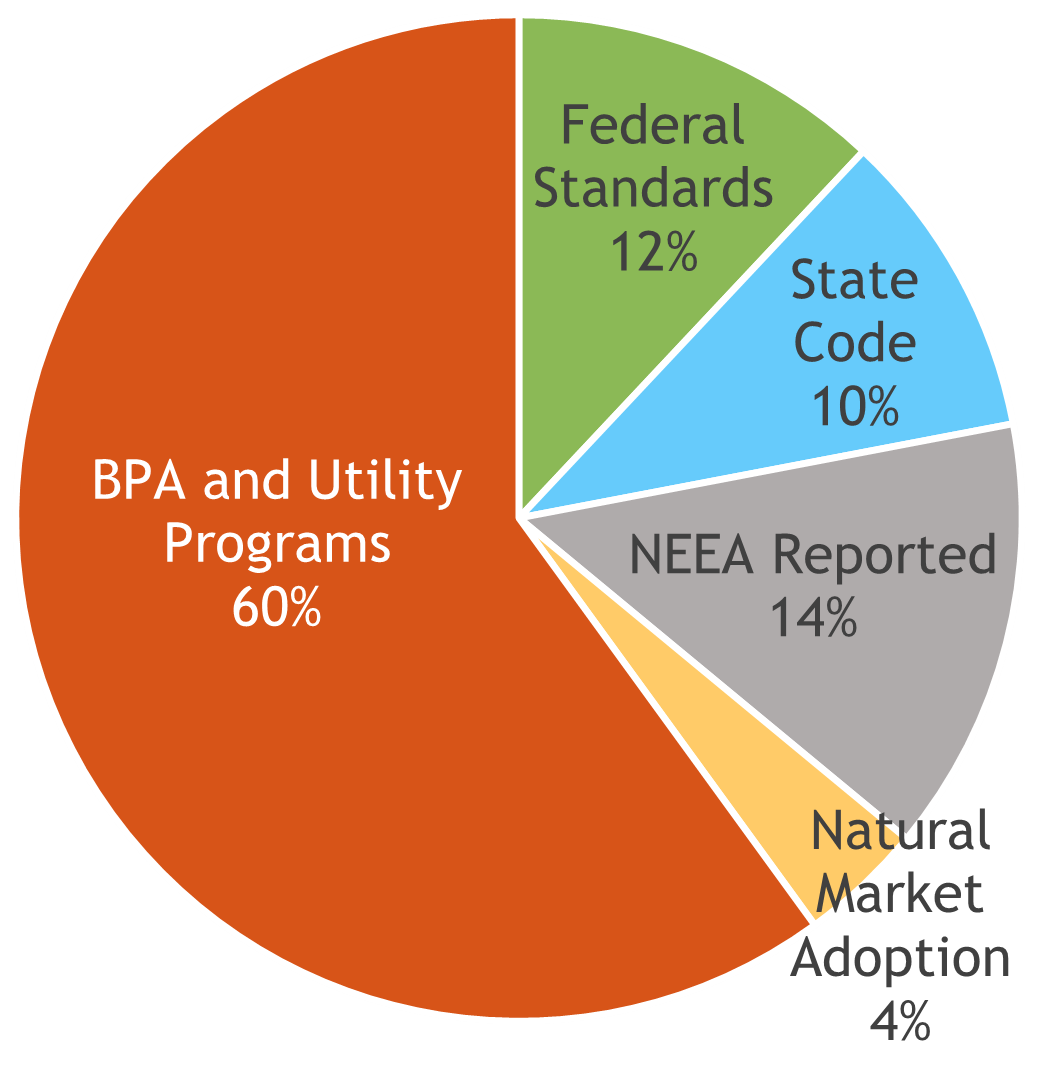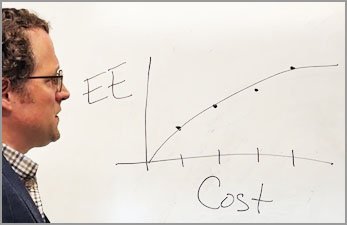Energy efficiency in the Northwest
The Power Act requires that the Council prioritize cost-effective conservation when developing a resource strategy for the region. Since 1980, energy efficiency has been the cornerstone of the Council’s power plans.
Major improvements in energy efficiency have come from weatherization, lighting, and commercial and industrial advances. As technology progresses, so will energy efficiency, with more savings from lighting, heating and cooling systems, water heaters, and electronic devices.
The Council works with the Bonneville Power Administration, utilities, the Northwest Energy Efficiency Alliance, the Energy Trust of Oregon, and energy organizations to meet the efficiency targets in the Council’s regional power plans.
Over the near 20 years, efficiency will be a key factor in helping meet future load growth.
What have the region and Council achieved?
- Since 1978, efficiency has saved 7,865 average megawatts. That’s half the region’s growth in demand for electricity, or enough power for seven Seattles.
- $5 billion saved from avoided energy consumption
- 25 million metric tons of CO2 avoided
As a result of energy efficiency, Northwest electricity use per person has been decreasing faster than the US average.
Major sources of energy efficiency by sector and end-use (2010-2021).
Click any slice to change larger detail pie below.
For more about these energy efficiency measures, see the Regional Technical Forum's Conservation Report and Measures pages. As technology continues to advance, so will new forms of energy efficiency. We expect to see more efficient lighting and heating and cooling systems, as well as improved controls of those systems.






